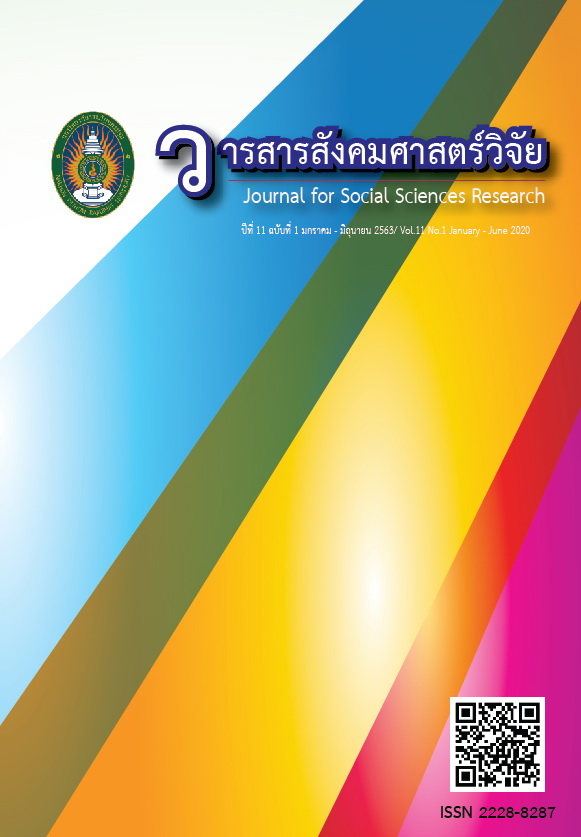DEVELOPMENT OF LEARNING ACHIEVEMENT AND MATHEMATICAL PROBLEM-SOLVING ABILITY OF GRADE 7 STUDENTS BY USING INDUCTIVE LEARNING MANAGEMENT WITH THE STAR STRATEGY
Main Article Content
Abstract
The research aimed to: 1) compare the mathematical learning achievement of grade 7 students before and after learning by using inductive learning management with the STAR strategy, and after learning with the set criteria; and 2) compare mathematical problem-solving ability of grade 7 students before and after learning by using inductive learning management with the STAR strategy, and after learning with the set criteria. The sample, derived by cluster random sampling, consisted of 22 Grade 7 students who was studying in the second semester of the academic year 2019 at Ban Nong San Tran School, Don Chedi District, Suphan Buri Province. The research instruments were: 1) the lesson plans based on inductive learning management with the STAR strategy with the validity between 0.80-1.00; 2) the mathematics achievement test with validity between 0.60-1.00, difficulty index between 0.40-0.68, power of discrimination between 0.30-0.85, and the reliability of 0.99; and 3) the mathematical problem-solving ability test with validity of 1.00, difficulty index between 0.46-0.55, power of discrimination between 0.44-0.62, and reliability of 0.91. The statistics used for data analysis were mean, percentage, standard deviation, and t-test.
The results of this research were as follows: 1) the mathematical learning achievement of grade 7 students after learning by using inductive learning management with the STAR strategy was higher than that of before, as well as higher than the set criteria at 80% with statistical significance at .05; 2) the mathematical problem-solving ability of grade 7 students after learning by using inductive learning management with the STAR strategy was higher than that of before, as well as higher than the set criteria at 80% with statistical significance at .05.
Article Details
บทความที่ได้รับการตีพิมพ์เป็นลิขสิทธิ์ของมหาวิทยาลัยราชภัฏนครปฐม
เนื้อหาของแต่ละบทความเป็นทัศนะของผู้เขียน ซึ่งที่ปรึกษา บรรณาธิการ กองบรรณาธิการ และคณะกรรมการบริหารวารสารไม่จำเป็นต้องเห็นด้วย หรือร่วมรับผิดชอบใดๆ


